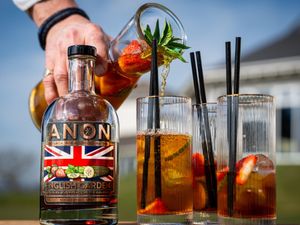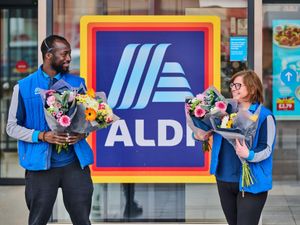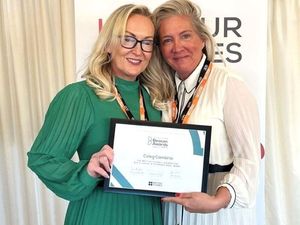Comforting things and military deployment: Museum’s call for objects and testimony
Shrewsbury Castle’s Soldiers of Shropshire Museum are appealing to army families, veterans and serving soldiers with links to Shropshire.
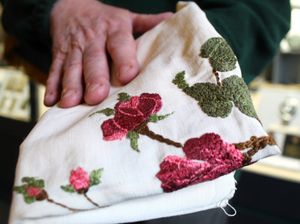
The museum team are seeking testimony and potentially objects as part of an envisaged display around the nature and importance of care and ‘comforting things’ in the context of military lives, especially deployment. The display’s lead, Dr Robert MacKinnon, explains: "We have a deeply affecting and timeless historical collection of items associated with how, why and with what soldiers have felt and done comfort, but we are keen to capture more recent narratives, particularly important because of where we hope this envisaged display will go. Besides being a display on care and comfort, we hope it will do care and comforting work for ex-soldiers and their loving ones."
Examples for Robert that may be enrolled into practices and feelings of comfort, include e-mails, gifts, certain foods, rations and snacks, clothing, hobby/activity practices, such as sport and games, ‘bluey’s’, phone calls, WhatsApp messages, therapeutic practices after injury.
Robert has been delving into the darkened depths of the museum’s turret store room and has come across some pertinent items related to care and comfort. One of these is an exquisite embroidered red rose by Fred Baker of the King’s Shropshire Light Infantry, completed after he had lost part of his arm in the First World War (1914-18).
"Fred undertook this piece of beautiful embroidery as therapy work, probably in hospital. The therapy was mental and physical, in the physical sense enabling dexterity to a reconstituted body – working with part of his arm missing." said Robert.
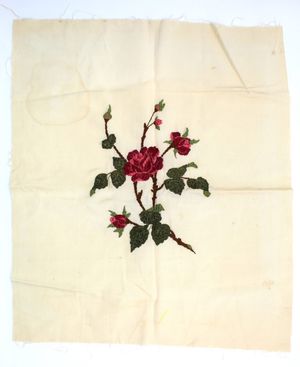
Another object is a V-mail, also known as an airgraph. In the Second World War (1939-45), instead of sending and receiving a letter, British soldiers on overseas deployment and their loving ones were encouraged to send an airgraph, it arrived speedier, letters being sent only by ship. The sender would fill out a one page form which was then photographed, scanned onto microfilm and sent by plane to or from the UK. At destination it would be printed out at 60 per cent scale.
Shropshire Yeomanry soldier Thomas Jones sent an airgraph to his wife Gweneth, and as Robert says: "Writes on his airgraph that he was none too impressed by the lack of space to write to Gweneth, but boy did he fill his airgraph full of love, care and comfort nevertheless."
Thomas wrote: 'I’m afraid this small sheet of paper Pet is very inadequate for letter writing purposes, but as long as you have a few lines from your hubby to let you know he is always thinking about you and loves you more everyday, I’ll know you’ll be satisfied, won’t you my love.'
If you can help with contributing contemporary/near contemporary testimony and potentially objects (1980s present) as part of the envisaged display, please contact Dr Robert MacKinnon at robert.mackinnon@soldiersofshropshire.co.uk
By Your World Contributor

